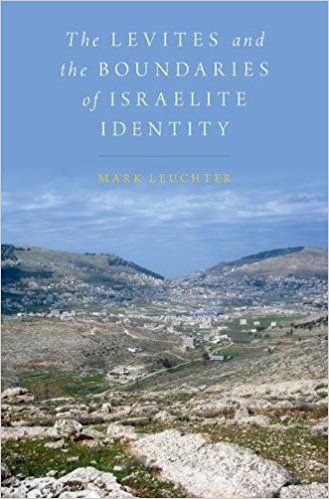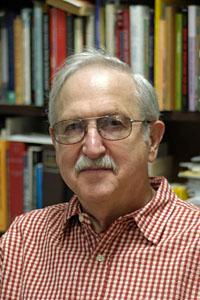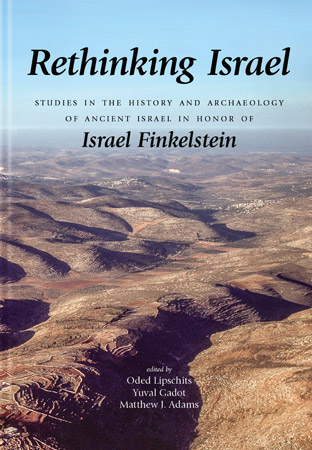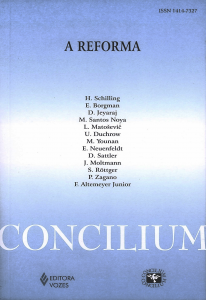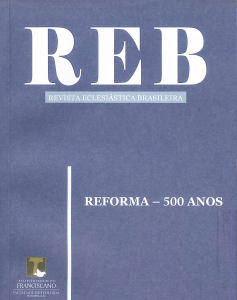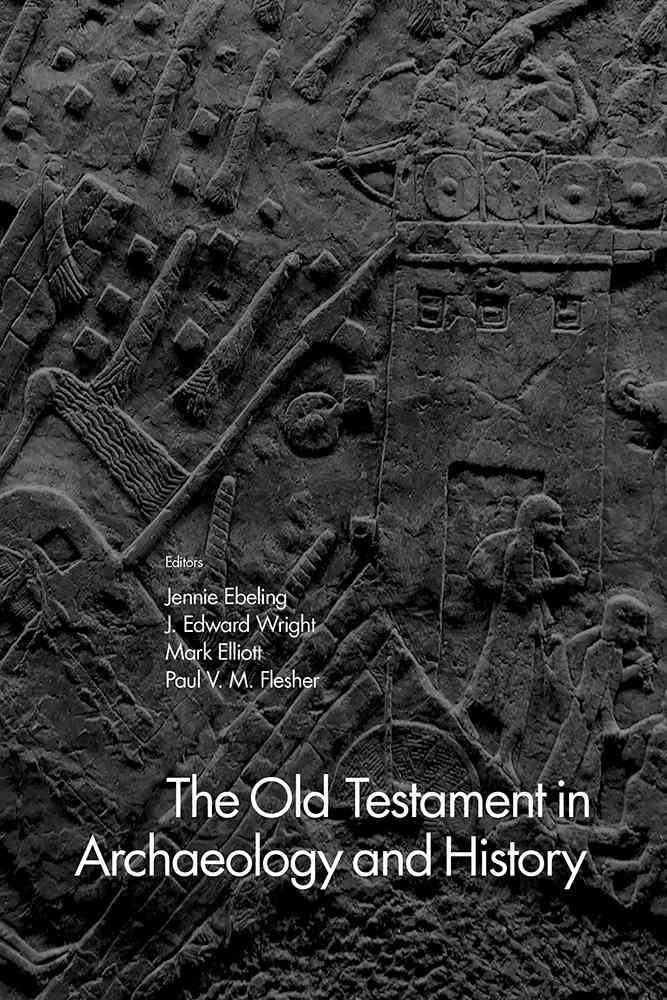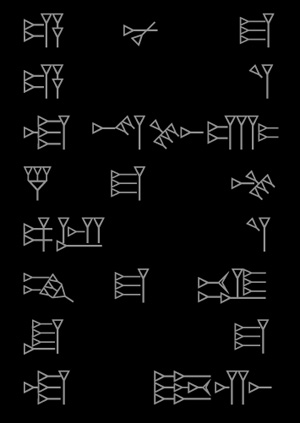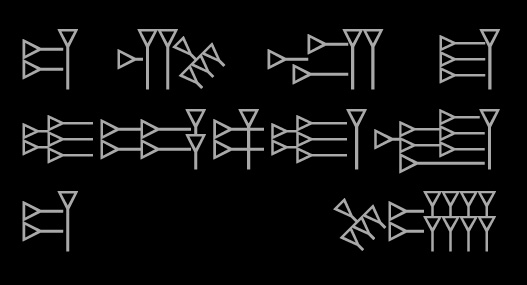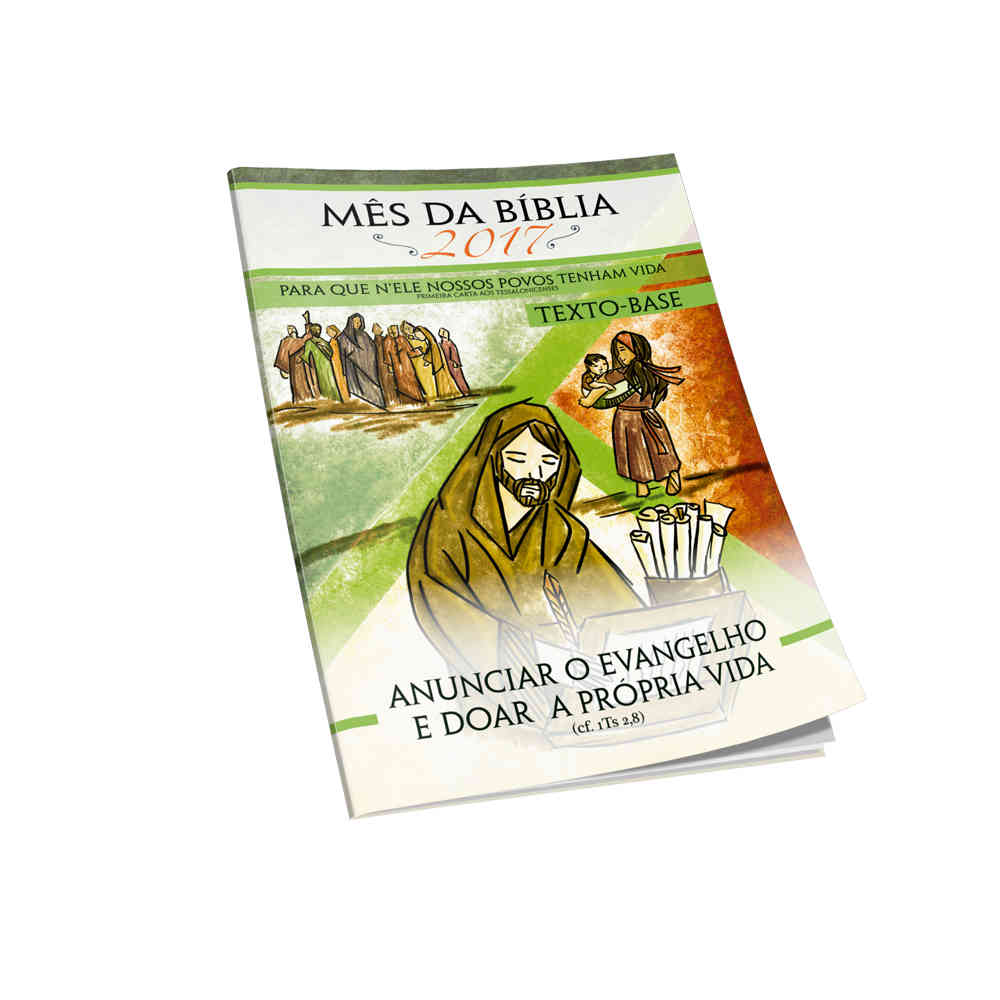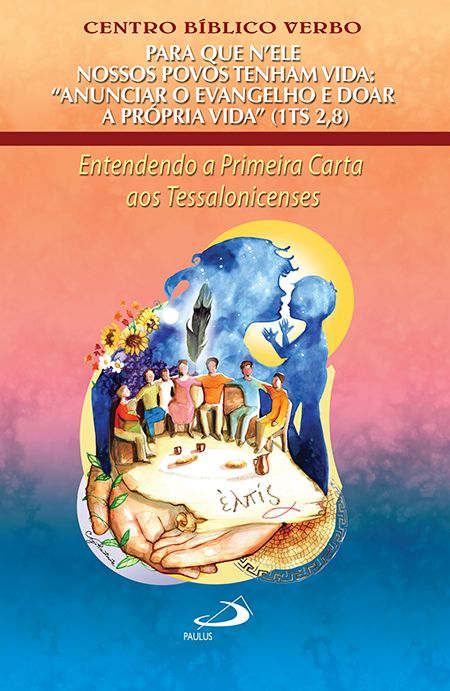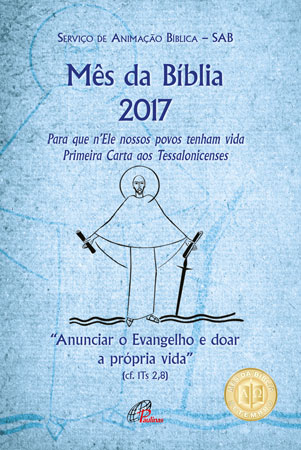A cidade dos 3 apóstolos? – Por Reinaldo José Lopes 08/08/2017 11:29 – Darwin e Deus
Betsaida, a antiga cidade judaica na qual teriam nascido três dos 12 apóstolos (Pedro, André e Filipe), perto de onde Jesus teria realizado o célebre milagre da multiplicação dos pães e dos peixes, foi identificada nas margens do mar da Galileia, segundo um grupo de arqueólogos israelenses liderados por Mordechai Aviam, da Faculdade Kinneret.
As informações são do jornal israelense “Haaretz”. Segundo Aviam, a peça do quebra-cabeças que faltava para identificar Betsaida acaba de ser desenterrada por sua equipe: restos de uma casa de banhos do período inicial do domínio do Império Romano na região (do século 1º ao século 3º d.C.), bem como cacos de cerâmica dessa época e algumas moedas, entre elas um denário de prata datado do reinado do imperador Nero (em torno do ano 65 d.C.). Ironicamente, a tradição cristã diz que Nero foi o responsável por ordenar a execução do próprio Pedro em Roma.
A informação de que Betsaida era a cidade natal dos irmãos Pedro e André e também do apóstolo Filipe vem do Evangelho de João; por outro lado, a associação entre o local e o milagre da multiplicação dos pães aparece de forma mais clara no Evangelho de Lucas.
Acredita-se que a cidade, originalmente um vilarejo de pescadores, teria ganhado obras públicas, como a casa de banhos, durante o governo de Filipe, filho do temido rei Herodes, o Grande. Para homenagear a esposa do imperador romano Augusto, Filipe teria rebatizado a cidade, dando-lhe o nome oficial de “Julias”.
A identificação do local com a Betsaida dos apóstolos só não é 100% segura porque há algumas divergências entre as informações do Novo Testamento e as trazidas pelo historiador judeu Flávio Josefo. É que os evangelistas da Bíblia localizam Betsaida na região da Galileia, terra onde Jesus cresceu, do lado oeste do mar, enquanto Josefo considera que a cidade pertencia à Gaulanítide, do lado leste do mar da Galileia. É concebível que existissem duas localidades com o nome de Betsaida naquela época.
The Lost Home of Jesus’ Apostles Has Just Been Found, Archaeologists Say – Noa Shpigel and Ruth Schuster: Aug 08, 2017 10:45 AM – Haaretz
Archaeologists think they may have found the lost Roman city of Julias, the home of three apostles of Jesus: Peter, Andrew and Philip (John 1:44; 12:21). A multi-layered site discovered on the northern shore of the Sea of Galilee, in the Bethsaida Valley Nature Reserve, is the spot, the team believes.
The key discovery is of an advanced Roman-style bathhouse. That in and of itself indicates that there had been a city there, not just a fishing village, Dr. Mordechai Aviam of Kinneret College told Haaretz.
None other than the Jewish historian Josephus Flavius – in fact the only source describing this city’s existence – wrote that the Jewish monarch King Philip Herod, son of the great vassal King Herod, transformed Bethsaida, which had been a Jewish fishing village, into a real Roman polis (Ant. 18:28. Though whether it was built on Bethsaida, or by it, remains unknown.)
Philip flatteringly renamed the city “Julias” after Livia Drusilla, who after marriage would become known as Julia Augusta, the mother of the Roman Emperor Tiberius.
“Josephus reported that the king had upgraded Bethsaida from a village into a polis, a proper city,” Aviam says meticulously. “He didn’t say it had been built on or beside or underneath it. And indeed, all this time, we have not known where it was. But the bathhouse attests to the existence of urban culture.”
Leia Mais:
Bethsaida Controversy
